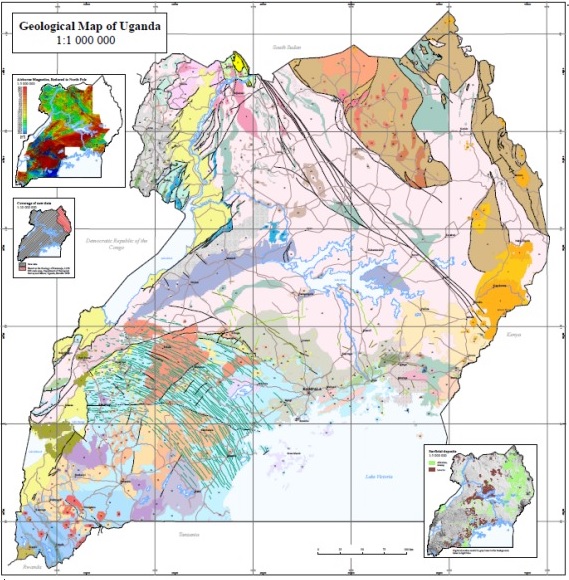Geophysics
and hydrogeology
Pakast technical services
Your Business partner
Proper prospecting is needed to determine accessibility, longevity, quality, and security of an aquifer. Drilling blindly is also ineffective, costly, destructive, and requires lots of energy and heavy equipment. Here, our non-destructive geophysical solutions are both safer and more sustainable.
Resistivity surveying is a versatile geophysical method suitable for a broad range of subsurface mapping applications such as groundwater prospecting.
It is used when searching for groundwater and determining the position of aquifers, assessing the depth of their occurrence, which is necessary to select a location for water well drilling.
We use electric water detectors, specially designed for the exploration and development of water resources, data from which are processed and interpreted by software, and transmitted through a phone or tablet with the ability to display color graphics. It is convenient, fast, and accurate. The results in the form of a graphic image can be immediately presented to the Customer within five minutes.
Low frequency current is used for vertical electrical sensing when searching for water. For these purposes, electrodes are clogged in different parts of the site, to which an alternating voltage is applied. Then the resistivity is measured. The specific electrical resistance of the aquifer and rocks is different. Soil saturated with water always has a lower electrical resistance. Most of the geophysical instruments brought to Uganda use a manual method of processing the data obtained, which risks misinterpreting the data by a geophysicist.
Geophysical methods help to establish the position of the aquifer, to estimate the thickness of the overburden, and to find the water-resistant layer at depth. This information will help us to estimate the cost of drilling a well, and most importantly, you will minimize the risk of drilling a dry borehole.
